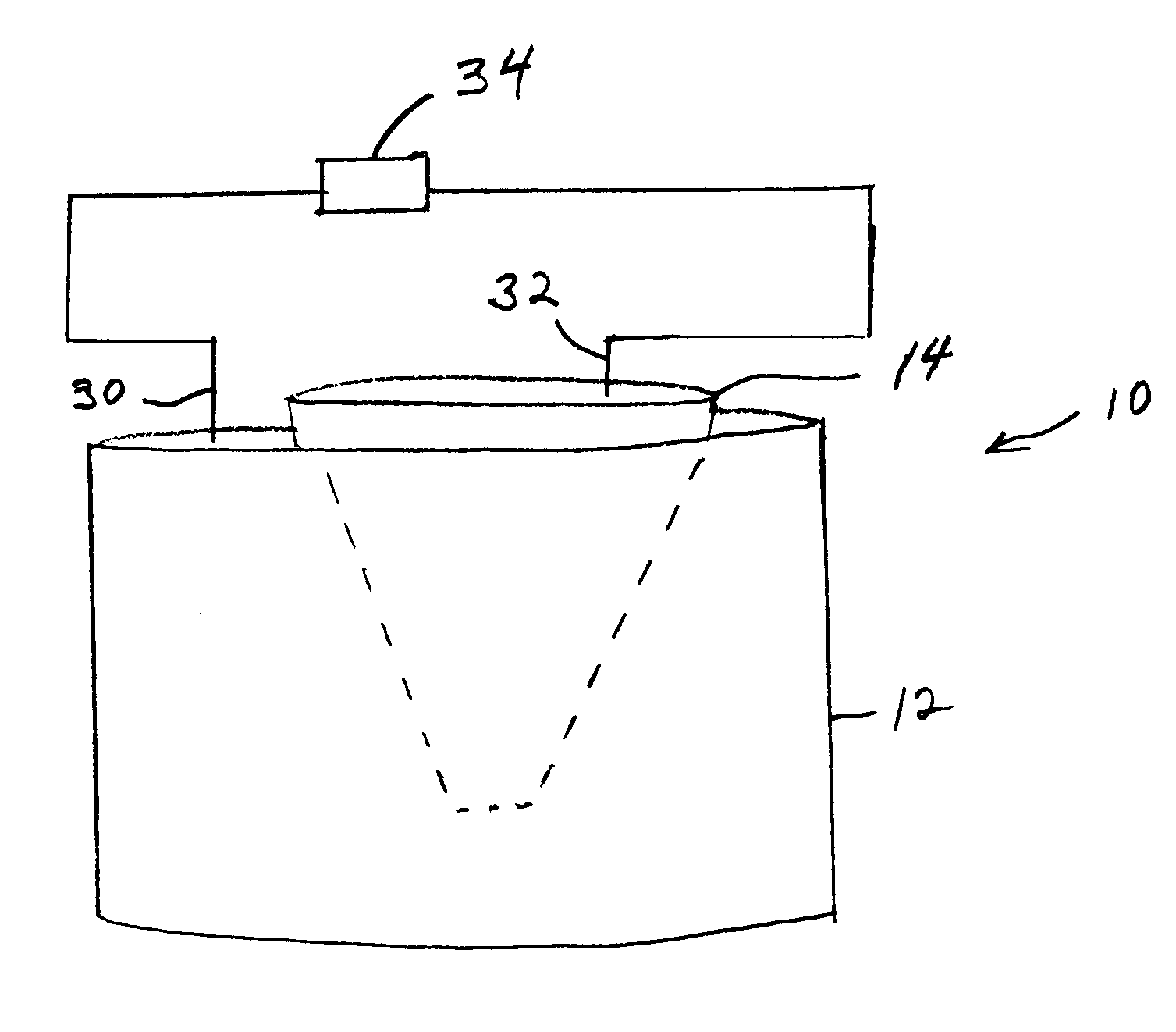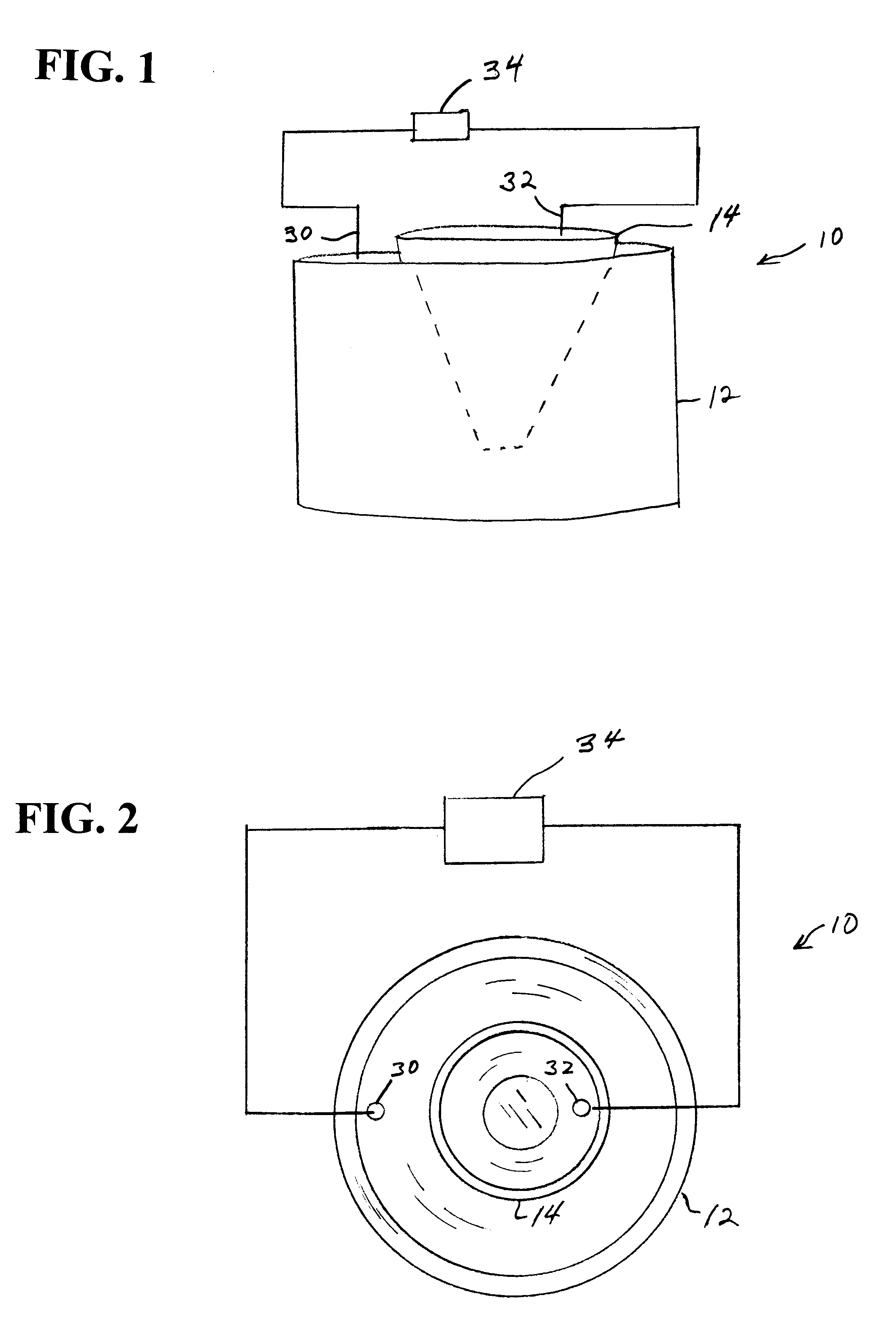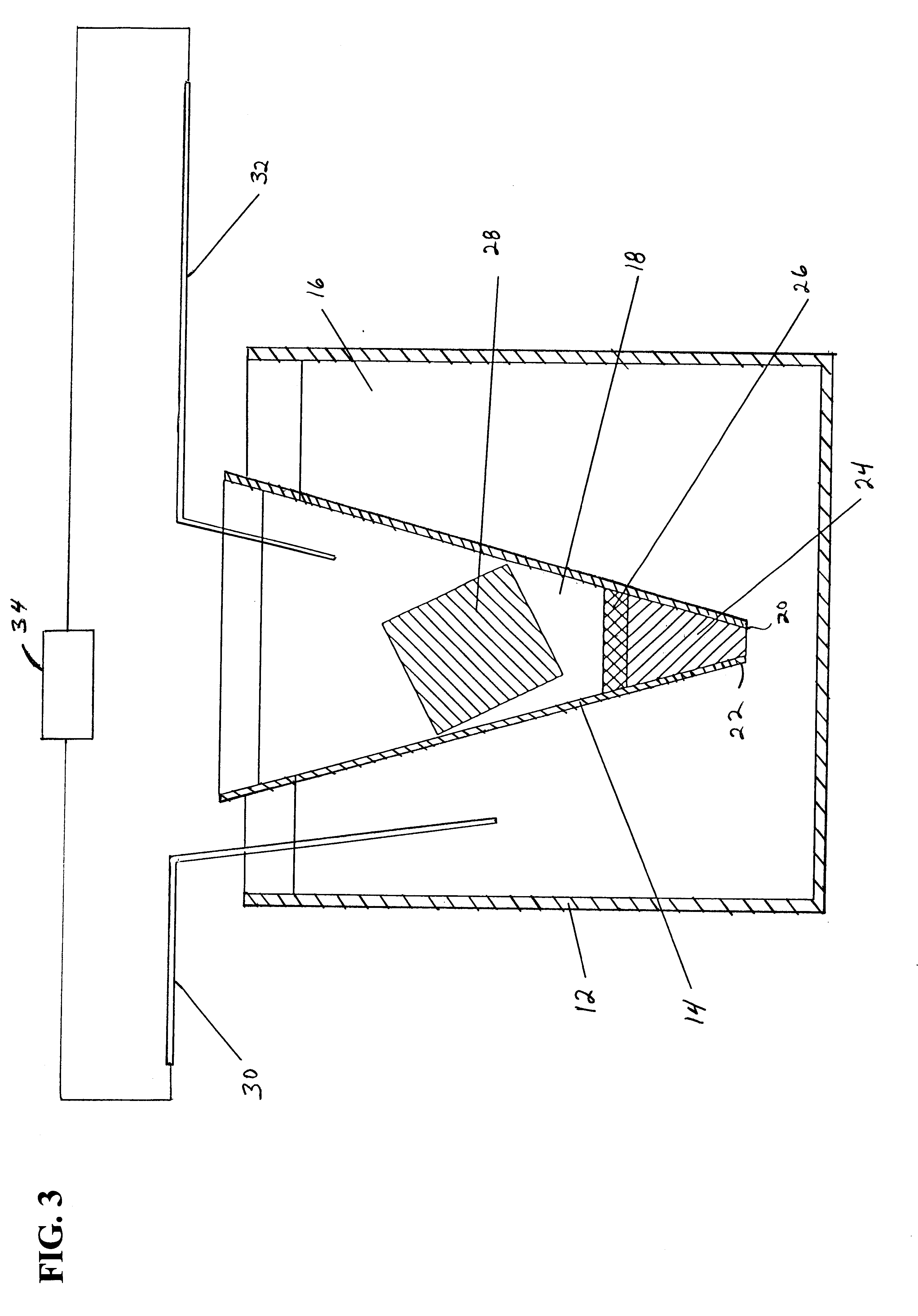Method and apparatus for protein manipulation
a protein and apparatus technology, applied in the field of protein manipulation, can solve the problems of low quantitative recovery, difficulty in recovering, and small quantity of these peptides, and achieve the effect of reducing the quantity of starting material, and facilitating the production of large quantities of antibodies
- Summary
- Abstract
- Description
- Claims
- Application Information
AI Technical Summary
Benefits of technology
Problems solved by technology
Method used
Image
Examples
example 2
g of Protein
The protein on the beads is renatured by transporting the beads through a series of buffer solutions having a concentration of about 8 M urea, 1% mercaptoethanol plus a buffer used along in increments of 0.5 M urea. Each stage involves an incubation period of 15 minutes at 37.degree. C., followed by withdrawing the beads with the probe and transporting them to the next vessel.
example 3
on of Antibodies and Proteins
The beads of Example 1 ("antigen-coated" beads, the beads of Example 2 may be used also) are next introduced into a well containing a polyclonal antiserum to human haptoglobin, and dispersed to allow binding for 1 minute. Next, the beads are removed via a probe, and washed twice in separate wells containing 200 .mu.l PBSG for 1 minute at 25.degree. C. temperature. Finally, the beads are introduced into a well containing 0.9% NaCl plus HCl pH 2.5 for 1 minute at 25.degree. C. temperature. This treatment releases the bound anti-haptoglobin antibodies into the medium.
Following release, the beads are removed with a probe. The probe is a "KingFisher" (Labsystems OY, Helsinki, Finland) (previously used for mRNA purification) modified by adding a plastic collar. 50 .mu.l of a pH 8 buffer concentrate is then pipetted into the well and mixed, raising the pH to 8. Next 10 .mu.l of a 10% suspension of paramagnetic beads coated with Protein G is introduced into the ...
examples 1 and 3
demonstrate the use of material purified by 2-D gel and immobilized on paramagnetic beads to isolate specific antibody from a polyclonal antiserum. This antibody is subsequently used to capture native antigen from serum, also determining what other subunits (in this case the heavy chains) are combined with the 2-DE gel isolated light chains in the native state.
PUM
| Property | Measurement | Unit |
|---|---|---|
| dissociation constant | aaaaa | aaaaa |
| dissociation constant | aaaaa | aaaaa |
| pH | aaaaa | aaaaa |
Abstract
Description
Claims
Application Information
 Login to View More
Login to View More - R&D
- Intellectual Property
- Life Sciences
- Materials
- Tech Scout
- Unparalleled Data Quality
- Higher Quality Content
- 60% Fewer Hallucinations
Browse by: Latest US Patents, China's latest patents, Technical Efficacy Thesaurus, Application Domain, Technology Topic, Popular Technical Reports.
© 2025 PatSnap. All rights reserved.Legal|Privacy policy|Modern Slavery Act Transparency Statement|Sitemap|About US| Contact US: help@patsnap.com



